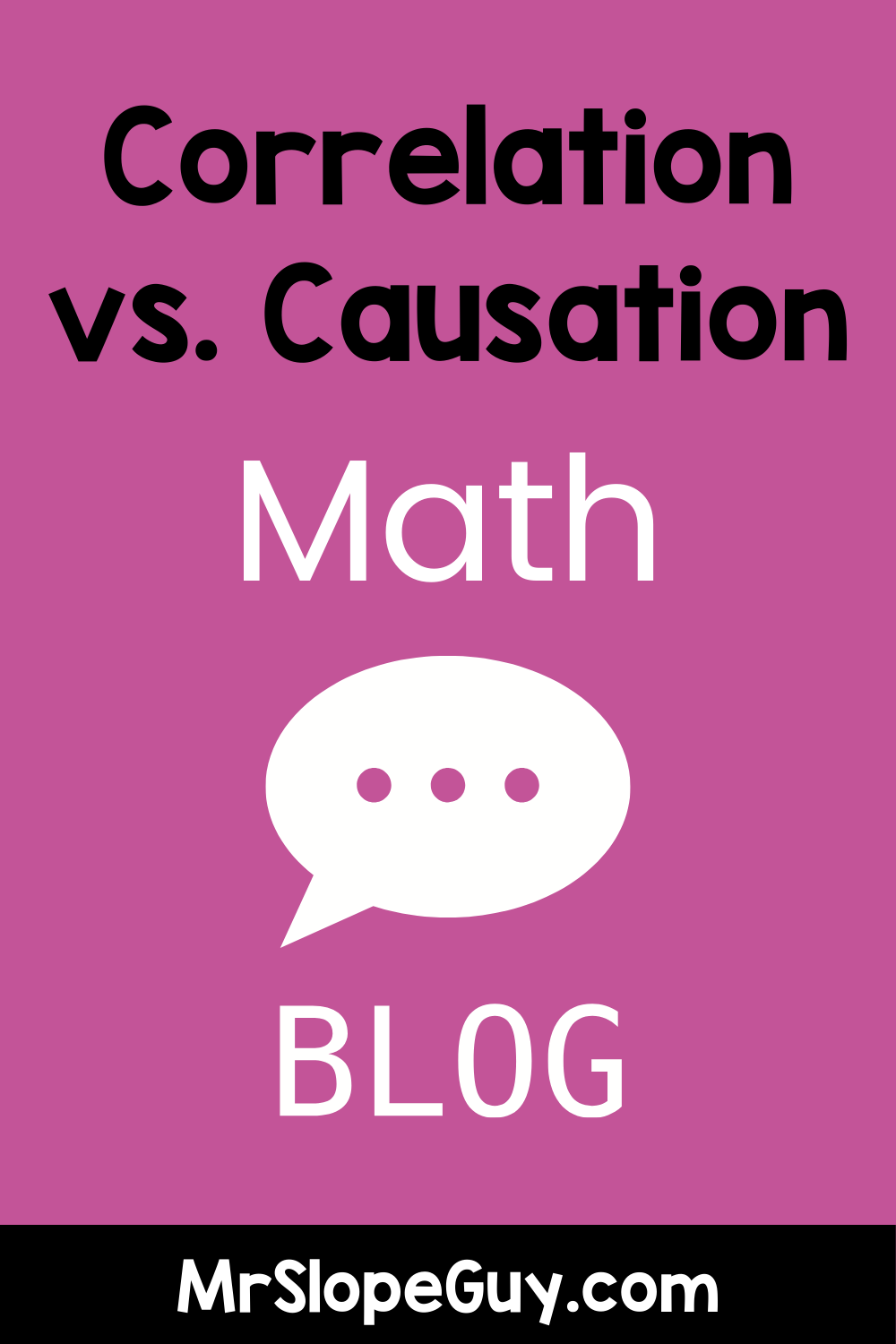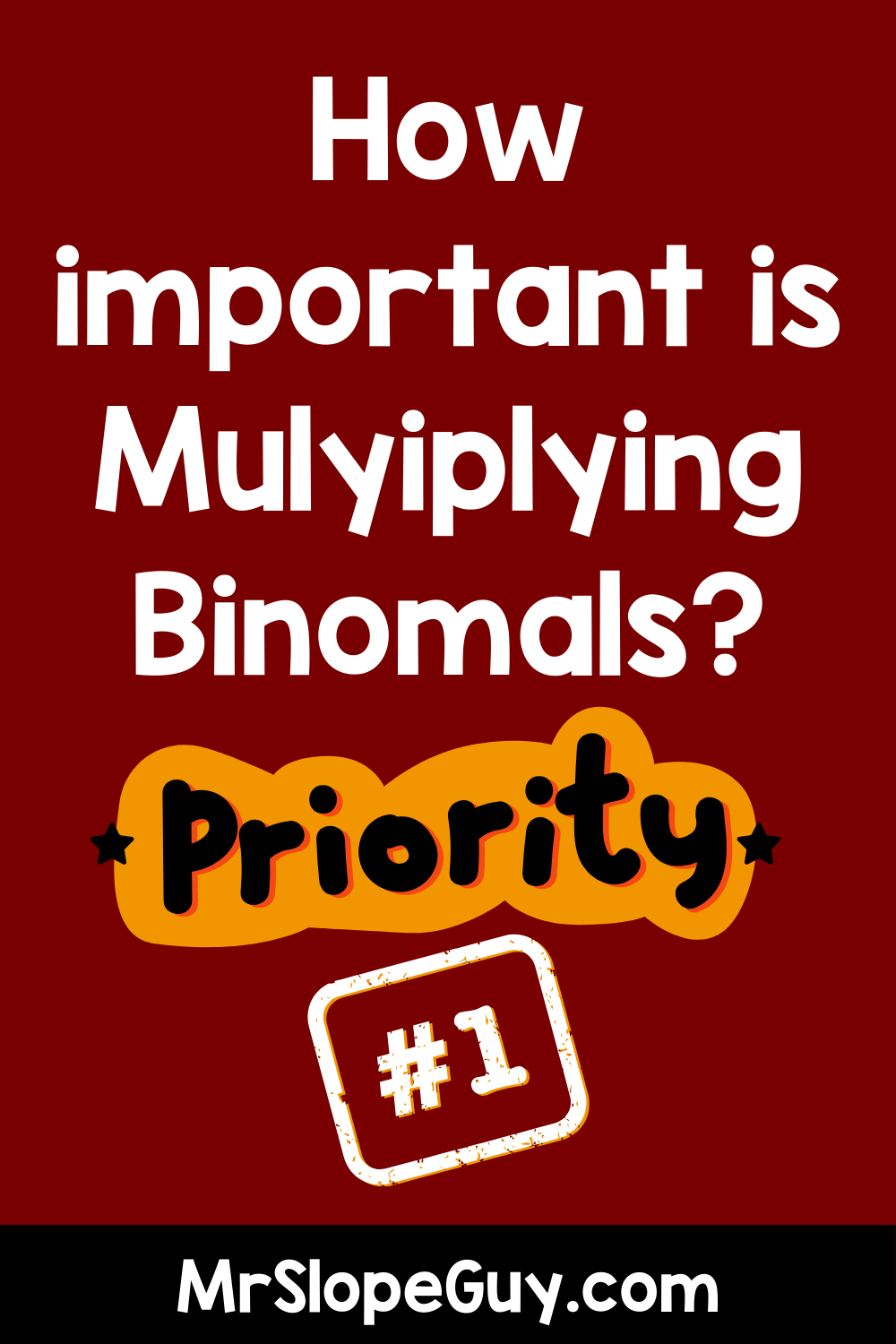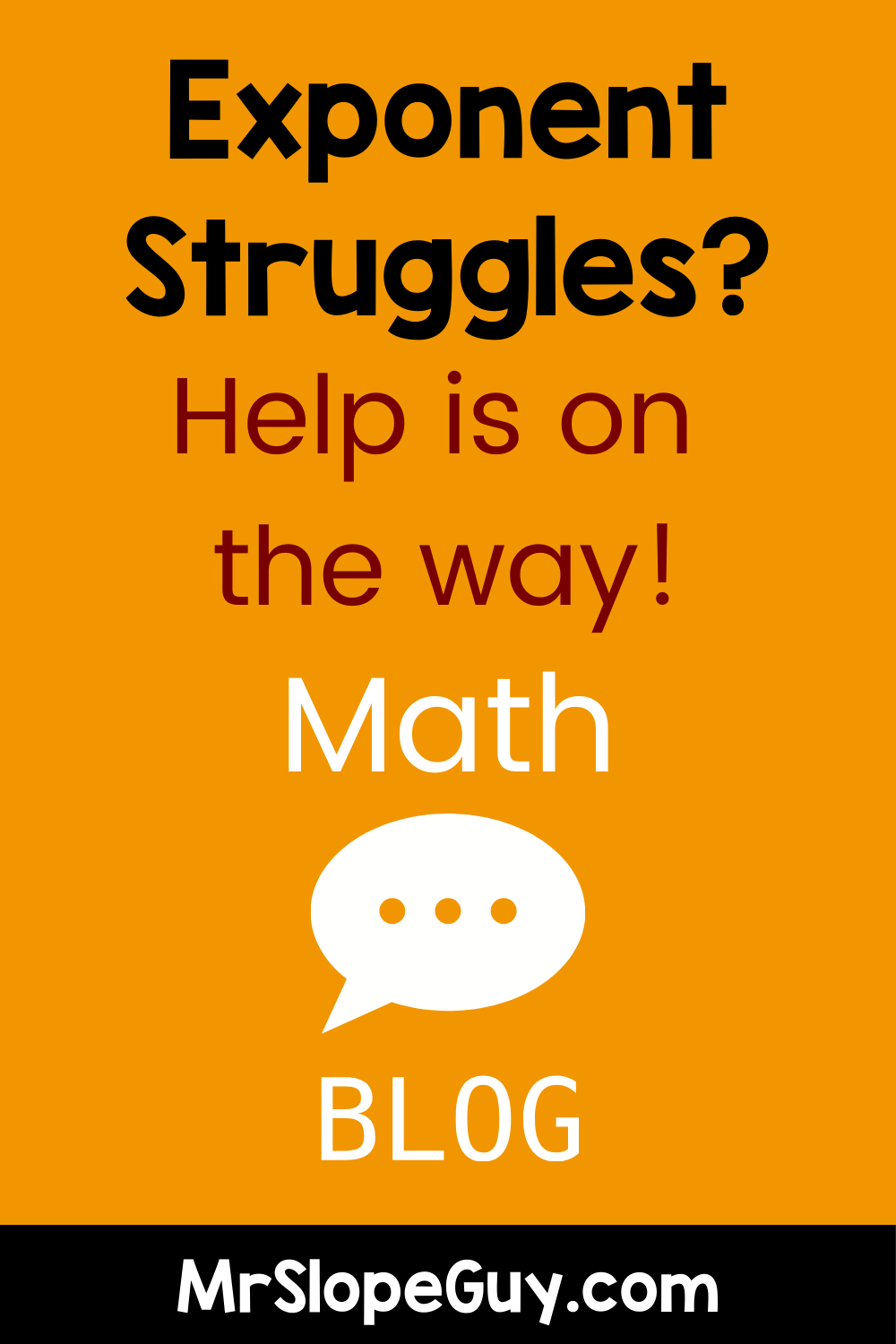The Importance of Slope-Intercept Form in Math Education
Teaching the slope-intercept form, y=mx+by = mx + by=mx+b, goes beyond the classroom—it builds a foundation in math that students carry forward. From understanding linear relationships to practical applications, this guide explores why slope-intercept matters and how math teachers can make it clear, engaging, and impactful. Learn about strategies for introducing the concept through real-life examples, using visual aids, and reinforcing understanding through regular practice.
Teaching Compound Interest: Einstein's "Eighth Wonder of the World"
Albert Einstein once said, "Compound interest is the eighth wonder of the world. He who understands it earns it… he who doesn't… pays it." This lesson explores the life-changing concept of compound interest, illustrating how it empowers students to make wise financial decisions. Through practical examples and engaging classroom activities, students learn both the power of early saving and the risks of debt, ensuring they are well-equipped for their financial futures.
Teaching Exponential Decay: A Lesson from "The Incredible Shrinking Man"
In The Incredible Shrinking Man, the main character's ever-decreasing size offers an amusing parallel to exponential decay—a math concept where quantities shrink but never quite disappear. By connecting this sci-fi classic to exponential decay, math teachers can make the topic more relatable and engaging for students. Learn how to introduce exponential decay through movie analogies, graphs, and real-world applications, ensuring students grasp this vital concept in a fun and memorable way!
Understanding Correlation vs. Causation: Lessons from a Bumbling Detective
Help your students understand the difference between correlation and causation through the hilarious escapades of a bumbling detective! Explore how his misinterpretations of clues provide valuable lessons on these essential concepts in statistics and critical thinking.
Mastering Integers: The Key to Building Math Fluency
Many students struggle with basic integer operations, and using calculators too early only compounds the problem. In this blog, we explore why developing strong integer fluency is critical for algebraic success. Learn why calculators shouldn't replace mental math and discover strategies for helping students build confidence in working with positive and negative numbers. Let’s ensure students have the foundational skills they need to excel in math—without relying on calculators.
Multiplying Binomials: The Key to Factoring Success
Mastering binomial multiplication is a critical step before students can confidently tackle factoring. In this blog post, we explore why solving at least 200 problems is essential for students to gain fluency and pattern recognition. Discover how this practice not only increases factoring success but also builds confidence and problem-solving stamina. Learn effective strategies to incorporate these practices in your classroom, boost your students’ algebra skills, and access a free worksheet to get started!
The Key to Mastery: Factoring in Algebra
Mastering factoring in Algebra begins with a strong foundation in multiplying binomials. In this blog post, we explore why it's crucial for students to complete at least 200 binomial multiplication problems before they can confidently tackle factoring. With practical strategies such as daily warm-ups, worksheets, and peer tutoring, teachers can help students build this essential skill. We also provide a step-by-step guide for introducing factoring methods, ensuring students develop the proficiency and confidence needed to succeed.
Teaching Angle Relationships in Middle School: Engaging Strategies and Resources
Teaching angle relationships in middle school is an exciting and engaging way to help students develop a deeper understanding of geometry. By incorporating hands-on activities like color-coding with pencils and using targeted worksheets, you can make complex concepts like complementary, supplementary, and vertical angles easy to grasp. This blog explores key strategies for teaching angle relationships, from the Triangle Sum Theorem to angles formed by transversals, and provides resources that make learning both fun and effective.
The Pythagorean Theorem: Why This is One of My Favorite Topics to Teach
The Pythagorean Theorem is a powerful and elegant mathematical tool, and it's one of my favorite topics to teach. Its structured, formulaic nature helps students build confidence as they consistently succeed in solving problems. From hands-on activities measuring right triangles to applying the theorem to real-life scenarios like word problems and calculating distances on a coordinate plane, there are countless ways to engage students. This blog shares why I love teaching the Pythagorean Theorem and offers strategies to help your students excel in understanding and applying it.
Why Students Struggle with Exponents: Understanding the Challenges and Strategies for Success
Looking to strengthen your students' understanding of exponents? This Exponent Worksheets Bundle offers a comprehensive set of practice materials perfect for reinforcing key concepts. With a variety of engaging exercises, students will master everything from basic exponent rules to more advanced applications. Ideal for in-class practice, homework, or test prep, this bundle is a must-have resource for any math teacher looking to boost their students' confidence in working with exponents.
Mastering Algebra Word Problems: A Guide for Teachers
Teaching algebra word problems is both a challenge and an opportunity for math educators. Students often struggle with turning real-life scenarios into equations, but by following a structured approach, teachers can guide them to success. This guide walks through key strategies like starting with equations that involve variables on both sides, introducing formula rearrangement, and building confidence with consecutive integer problems. With these steps, students can move toward mastering more complex word problems and applying their algebraic skills in real-world contexts.
Financial Literacy: Where to Start in Middle School
Financial literacy is a vital skill that middle school students need to start mastering early. By learning about topics like checking accounts, credit, and budgeting, students can establish a strong foundation for financial success. This blog explores the key financial literacy concepts that middle schoolers should learn and highlights how integrating these lessons into the curriculum prepares them for real-world financial decisions. With Texas leading the way by embedding financial literacy into math standards, educators everywhere can follow suit by teaching students how to manage money wisely.
How Drawing Mr. Slope Guy Helps Math Students Visualize the Slope of a Line
Visual aids can transform abstract math concepts into tangible learning experiences. Discover how drawing Mr. Slope Guy helps students better visualize and understand the different types of slopes, making math lessons more engaging and effective.
Why Math Journals are a High-Yield Strategy for Math Teachers
As math educators, we continuously seek strategies that not only enhance student learning but also foster essential skills like organization, comprehension, and retention. One such high-yield strategy is the use of math journals. Math journals serve as an invaluable tool for both students and teachers, providing a structured approach to learning that can significantly impact student success. Here’s why integrating math journals into your teaching practice can be transformative.
“How to Beat the B.E.S.T.” Strategies for Algebra 1 Success on Florida’s B.E.S.T. Standards
Preparing Florida students for the Algebra 1 EOC exam can be challenging, but with the right strategies, success is within reach. In our comprehensive guide, we explore essential techniques like early introduction of polynomials, leveraging online tools such as Khan Academy, selecting the best textbooks, and developing high-quality resources. Discover how consistent practice and collaborative resource-building can lead to exceptional student performance. Equip yourself with the knowledge and tools to help your students excel on the Algebra 1 EOC exam.
So Now You Are a Math Teacher
As I approach the final years of my teaching career, I want to offer advice to new teachers entering this noble profession. We need passionate, bright educators to inspire students, help them overcome their fears of math, and build their confidence. If you’re reading this, we need you!
In this guide, I’ll cover essential reading for new teachers, tips for effective classroom management, and the importance of continuous improvement. By staying committed to improvement and understanding your students’ needs, you can navigate the challenges and thrive as a math teacher. Welcome to the profession, and remember, your impact on students can be profound. Embrace the journey and keep striving for excellence.
The Benefits of Coordinate Plane Mystery Picture Activities for Middle School Math Students
Using the coordinate plane to graph mystery pictures offers several educational and developmental benefits for middle school math students. These activities are perfect for early finishers, the day before a break, or a fun day in the classroom. They enhance understanding of coordinate geometry, engage and motivate students, improve accuracy and precision, develop problem-solving skills, build confidence, integrate multiple math skills, reinforce classroom learning with real-world applications, support differentiated learning, and encourage independent learning. Here’s how to incorporate these activities into your teaching to make math both fun and educational.
“How to Beat the B.E.S.T.”: Strategies for 8th Grade Mathematics Success on Florida’s B.E.S.T. Standards
All across the great state of Florida, students are striving to excel in the 8th Math FSA (Florida Standards Assessment), which aligns with the B.E.S.T. (Benchmarks for Excellent Student Thinking) standards. Mastering topics such as exponent rules, multi-step equations with fractions, slope and slope-intercept applications, angle relationships, the Pythagorean Theorem, and systems of equations in one school year can be overwhelming. Here are some strategies to help guide your students to success.
The Importance of Teaching Two-Way Tables and Relative Frequency Tables in Mathematics
In the diverse landscape of mathematics education, certain concepts serve as cornerstones for developing students' analytical and interpretive skills. Two-way tables and relative frequency tables are among these essential tools. Although they might seem like straightforward data organization techniques, their value extends far beyond the basics. In this blog, we’ll explore why teaching two-way tables and relative frequency tables is crucial for students, highlighting their real-world applications and their role in fostering statistical literacy.
Effective Strategies for Teaching Systems of Equations Word Problems
Teaching systems of equations through word problems is a powerful way to connect algebraic concepts to real-world situations. However, students often find word problems challenging due to the need to translate verbal descriptions into mathematical equations. As a math teacher, it's crucial to use engaging, relatable examples that gradually increase in complexity. One effective approach starts with a simple and relatable problem involving pigs and chickens, and then progresses to more abstract money-related problems. In this blog, I’ll share strategies for teaching systems of equations word problems, ensuring your students develop a solid understanding and confidence in solving them.





















